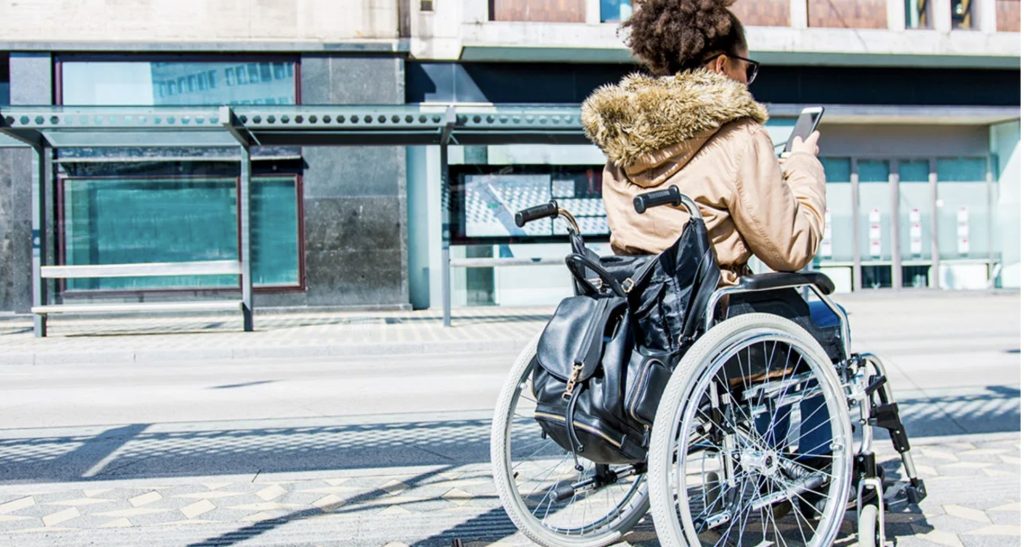
It’s what everyone is talking about at the moment. Diversity, inclusion, equity, social justice in the workplace. What does it all mean? What can we do as individuals and organisations to make a difference? Let’s take a step back and ask the question: “Why are diversity and inclusion important?” They are important because our current systems and structures haven’t kept up with the changing social norms about who gets heard and listened to.
Diversity and Inclusion are important because many people’s voices aren’t being heard. Diversity and Inclusion are important because today, our values are changing and we are more aware of the impact of leaving people out and have an intention to be inclusive and create a sense of belonging. We are asking ourselves what we can do to make a difference and to create a future that’s inclusive and sustainable. How do we do that? We’ll start with some basic definitions, and explore the importance of diversity and inclusion with an emphasis on closing the intent-impact gap.
What is diversity?
Diversity is already present. There are many meanings but today it’s become a recognition of the vast array of perspectives that exists in any group, community or workplace. It’s a recognition of the different experiences that come from the unique place each of us has in relation to how easy or difficult it is for us to participate in society and decisions made that affect us. Often the areas of focus in diversity are based on gender, ethnicity, disability, religion and age. This is how it looks on the surface, looking deeper reveals nuances around equity, intersectionality and more that we’ll explore further in another article.
Diversity exists and is more visible now with technology and social media. This has been highlighted in how different groups experienced the Global Pandemic over the last year. Honouring that diversity is becoming a more pressing priority that many organisations want to be seen to be addressing. The intent-impact gap is significant and while we find our foundations in the space we will likely continue to cause more harm without realising it.
What is inclusion?
Inclusion is the next step, it’s about valuing diversity and taking action to support marginalised voices. Inclusion is what happens when what makes us different isn’t a barrier to opportunity and contribution. It’s when the differences are factored in and incorporated, rather than a “one size fits all” approach. It’s when people feel included and that they have input into important decisions.
Inclusion initiatives aim to amplify and put marginalised groups at the centre of our discussions. It’s a recognition that our current social structures have systematically excluded people. It’s an awareness that we can’t continue this way and that it’s time for taking action to raise awareness and make change.
What is the difference between inclusion and diversity?
Diversity is a focus on what makes us different and inclusion values the differences and values a wider range of voices. We’re aiming for an outcome where people feel valued and respected in relation to the choices and opportunities available to them.
Currently, the positions of authority and power in both business and elected representatives are predominantly held by a single demographic. In the past, this has been ‘just how things were’ and supported by a belief that leadership was innate. But today things are changing rapidly. Now, we’re hearing the voices of those not recognised in the past. These voices are getting louder, amplified by technology and social media.
The inequity in our society has reached a point where the value of diverse voices and action to include them has reached a level of legitimacy previously unimagined. Taking action to improve and balance out access to resources, opportunities and social power, these are no longer optional. It’s essential.
Many companies and organisations are now rushing to implement diversity and inclusion policies. Although it’s better to start imperfectly than stall indefinitely, there are some common mistakes we make. Our initiatives are often well-intended but don’t always have the impact we expect.
What do we get wrong about diversity and inclusion?
- Focus on hiring practices
- Start without baseline measures
- Expecting instant behaviour change with new information
Recruitment Emphasis
The first place we see the implementation of efforts to be inclusive tends to be in recruitment. Wording to encourage diverse groups to apply is increasingly seen at the bottom of position descriptions. This is a good start, however, the problem comes when the ‘diversity hire’ steps into the workplace culture. What can happen is that those from traditionally marginalised communities are invited to work in spaces of low diversity and inclusion that aren’t necessarily safe for them, culturally, physically and emotionally.
The onus is on the person to fit in and their diversity isn’t valued beyond the hiring process. This further marginalises and puts unintentional indirect pressure on people with diverse backgrounds to fit in. This can keep the unique contribution of your ‘diversity hire’ out of the spotlight and perpetuate the problem. It doesn’t have the intended impact.
Measuring what Matters
As with any change initiative, measuring what matters is an important way to assess progress and understand the impact of our efforts. The rush to make a difference sometimes leaves measurement as an afterthought. At the start of putting measures in place, wanting to make a positive impact can prevent a well-thought-out strategy. The level of uncertainty can make asking the right questions and measuring what matters feel elusive.
Thankfully there are several excellent bodies of work that can offer insights and a path to follow. Culture Amp specialises in engagement metrics and through their research, have expertise in identifying questions that measure where your organisation stands at the start of the journey. Matching the impact with our intentions is a constant inquiry and feedback in the form of engagement data is one of the best sources to measure how well a strategy meets expectations.
Unrealistic Expectations
Speaking of expectations, one of the key outcomes in diversity and inclusion strategies is sustainable behaviour change. A ‘flurry then fade’ effect is a sign that people want to do the right thing but fall quickly back into old habits. This is a very human response. The expectation that people will change once they have the information about expected behaviours is common. Unfortunately, this is very misguided and sets us all up to fail.
Humans are creatures of habit and our cognitive biases make it hard for us to take on new ways of behaving especially when there is a strong element from the status quo to keep things as they are. Conservatism bias is when new information doesn’t change our behaviour because our beliefs are deeply entrenched. Most change initiatives fail to make the impact they intend because we are using old ideas about how to lead change.
What’s needed for Diversity and Inclusion?
The best thing we can do is start where we are with what we have with the people around us. None of us can do everything, but everyone can do something. Start with asking what’s yours to do.
At this time in history, more and more people are learning about what it means to be part of such a profound shift in values. We’re getting curious about how we can make an impact for those whose voices aren’t getting the same access to opportunities and how to use our privilege and power as a force for good. We’re learning about the vastness of diversity within culture, gender, age, disability, neurodiversity.
This is a fraught and highly nuanced realm, it’s easy to get overwhelmed and feel tempted to give up. When you’re learning about diversity and inclusion it’s inevitable that you will make mistakes and very likely that you will say and do things that you’ll learn are offensive and no longer acceptable in this rapidly changing world.
When you’re becoming aware of the multifaceted nature of this work, remember that those who have lived experience of exclusion aren’t always interested in educating you. Take it upon yourself to learn and it’s ok to ask questions, just be mindful that what you’re asking can include unwanted emotional labour and potential impacts or triggers that you have no idea about. Stay open-minded and take responsibility for your impact regardless of your intention.
Lead the Way — Top Tips for Inclusive Leadership
How can you make an impact to promote the inclusion of diverse voices? Start where you are with what you have with the people around you. Here are some points to consider.
- Listen to understand what you can to learn. Check your assumptions and remember that when defensiveness starts, listening stops.
- Be humble. You have blindspots, be curious about them to understand where you’re at from other’s perspectives.
- Seek feedback. Be prepared for messages that are hard to hear, inarticulate or unspoken. No feedback is a form of feedback. Use it constructively, it’s not personal.
- Share power. Use your privilege to empower others, amplify the voices of people who are different from you.
Who this article is for…
This is intended for those learning what diversity, inclusion, equity and justice at work is about and how to make a difference. The Author Shares a perspective as a learning leader, not knowing all there is to know and open to hearing feedback.

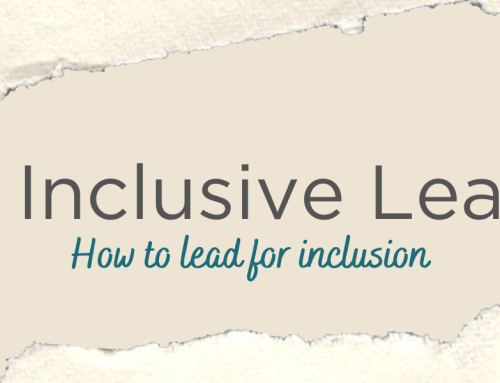
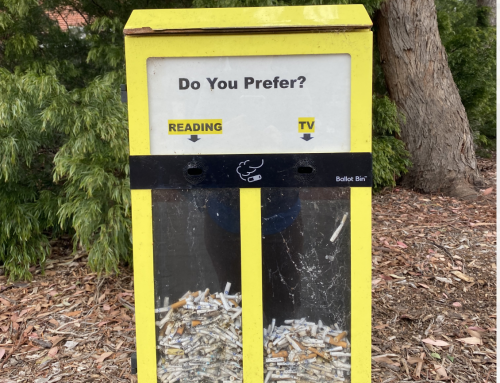
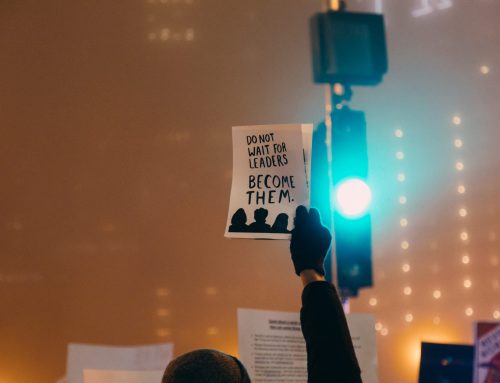


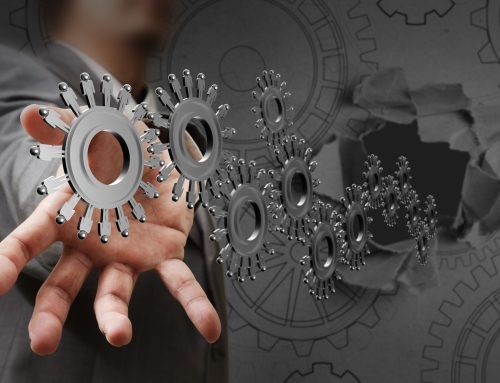








Leave A Comment